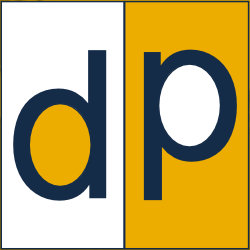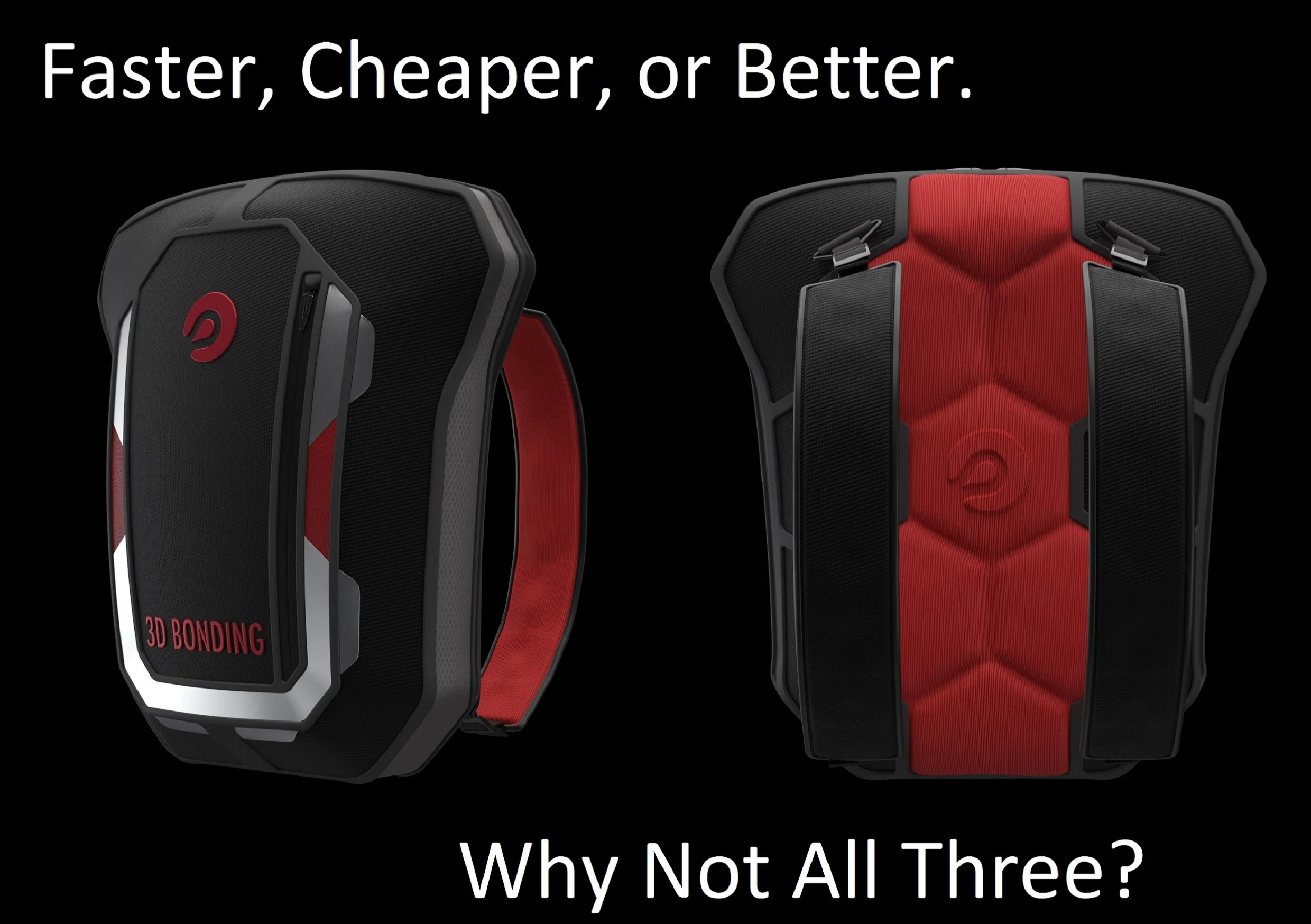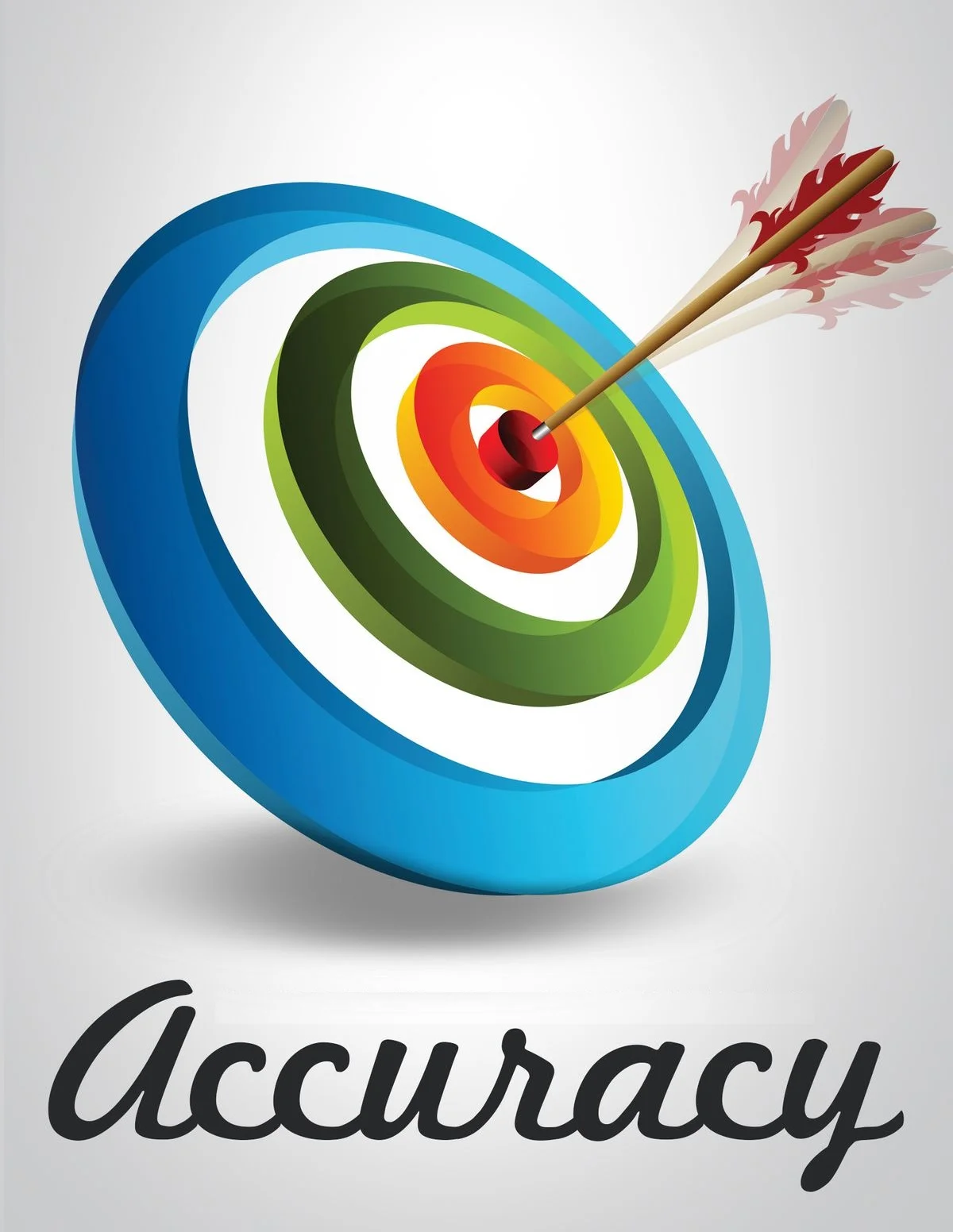How Soft Goods Manufacturers use 3D to Gain Competitive Advantage
Getting Competitive Advantage
Manufacturers are constantly looking for competitive advantage. From a product development perspective, leaders are those that excel at capturing client demands and then producing exceptional products within reasonable cost and time constraints.
The problem for industry leaders, and the opportunity for companies that are trying to catch up, is that the processes, skills, and technology that support leadership are constantly changing. The general model for success is to:
- implement better technology to streamline the design to production processes
- shorten the time frames for your staff to go from novices to expert users of the technology
In the manufacture of soft goods, products covered in or made from fabrics or woven composites, the winning trend has been the addition of digital design and patterning software.
What’s wrong with the current process?
Design has benefited greatly from the widespread adoption of 3D CAD. However, the process to take digital designs into manufacturing still consists of a series of manual, iterative pattern making steps.
In today’s context when tens or even hundreds of design versions are needed, this creates a classic productivity trap. The process is only as fast as the slowest node will allow, and that slowest node of pattern making is manual, hasn't changed in 50 years, and makes other processes like costing, and design updates slower too.
The ExactFlat workflow takes about 5 minutes. To watch a video of the workflow, you can click on the link: https://youtu.be/zTynpp8NYS0
How does 3D Digital Pattering Help?
Patterns with complete production information are required for manufacturing of soft goods. Mistakes in the patterns or time consuming iterative prototyping and fit testing slows down the process and saps productivity. ExactFlat Digital Patterning algorithms can flatten anything and eliminate the productivity trap. For many years ExactFlat has been one of the world's leading flattening software solutions with clients in a wide variety of industries including:
- Automotive and Aircraft Interiors,
- Marine seating, canvas, pontoons and hulls,
- Furniture,
- Footwear, Apparel, and Technical Textiles (i.e. firefighting gear) ,
- Thermal and Acoustic Equipment Covers, Inflatables,
- Trade Show Displays,
- and more,
ExactFlat is purposed-built to integrate into your existing environment. Utilizing the CAD and CNC cutting tools you already own as well as the expertise your staff already has.
Patterns in minutes: an example of the user workflow
Let's look at the example of the scooter pictured above. It has:
- Fabric on the seat
- Stampled Metal on the rear fender, and
- Carbon-fiber composite for the front fender .
For this example we'll only flatten the seat. First we cut and/or merge the CAD faces into 3D Pieces with defined cut lines or seam locations. This process is referred to as "Piece Creation" and is typically completed in the CAD tool. Once done the segmented model is converted into a mesh format ready for flattening.
Piece creation, the process of defining the cut or seam locations, is critical to pattern making. ExactFlat tools can work directly within your CAD environment to make the process simple.
Prior to flattening, the designer needs to assign a few key characteristics to the model including:
- The mesh resolution. This ensures that the Pattern Model accurately represents the initial design. It also helps reduce compute times.
- The type of material (e.g. leather, cloth, etc.). This is vital in order to simulate the specific behavior of the actual fabric during flattening.
After this information is defined, the model can be flattened and the flat patterns optimized.
The flattening process starts with an initial fracture algorithm that takes each polygon in the 3D mesh and lays it flat on a 2D plane. This produces the first candidate for a flat pattern. Next stretch and unwrinkle algorithms eliminate and smooth out the flat pattern pieces. The final algorithm distorts and reshapes the individual mesh elements until a relatively strain free flat pattern is achieved.
With the exception of a few input choices all of the steps for 3D to 2D flattening and pattern optimization take place in the background and are hidden from the user.
In the final stage of the process, the pattern results are reviewed for strain and sag. Experienced pattern makers will rightly point out that not all geometry can be flattened perfectly while maintaining the lengths of perimeter edges. Relief cuts are one technique used by pattern makers to achieve optimal flat pattern geometry. The Strain and Sag display provides the designer with the information needed to identify relief cut or design changes prior to cutting.
For manufacturers looking for competitive advantage by saving design and manufacturing time, reducing product development cost, or improving design flexibility, ExactFlat, the leader in 3D to 2D flattening software can help. Click on the link below to speak with one of our experts











